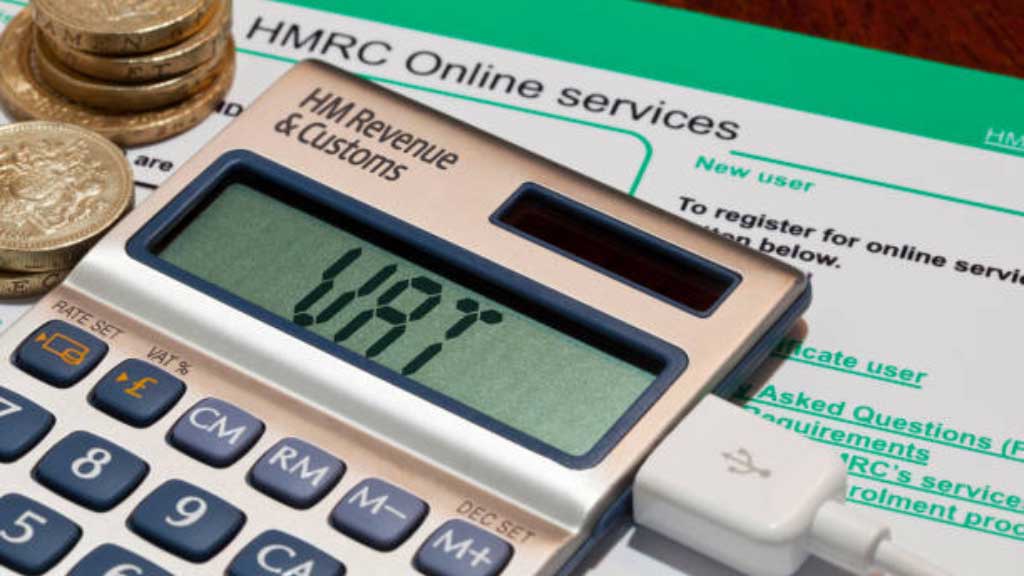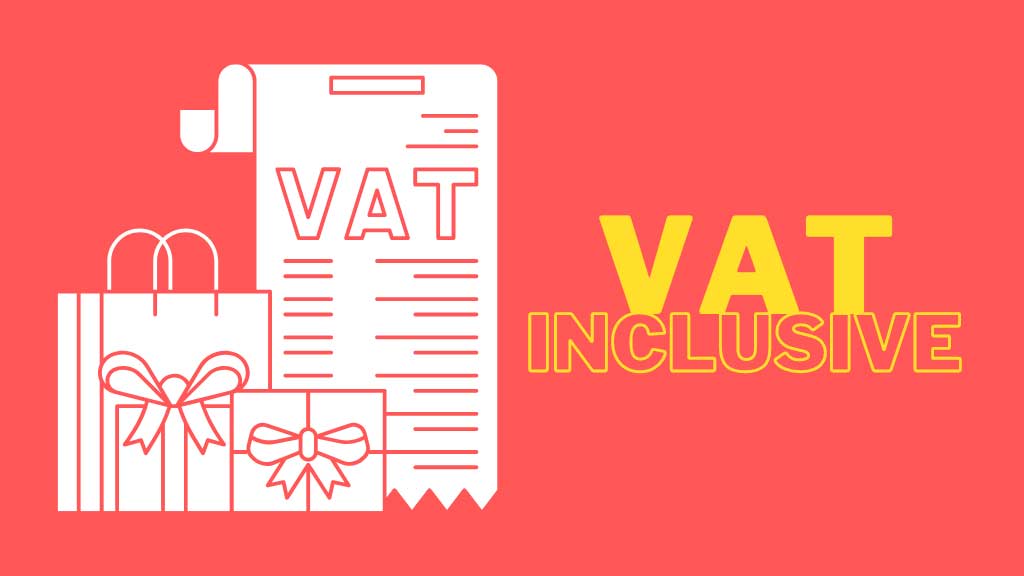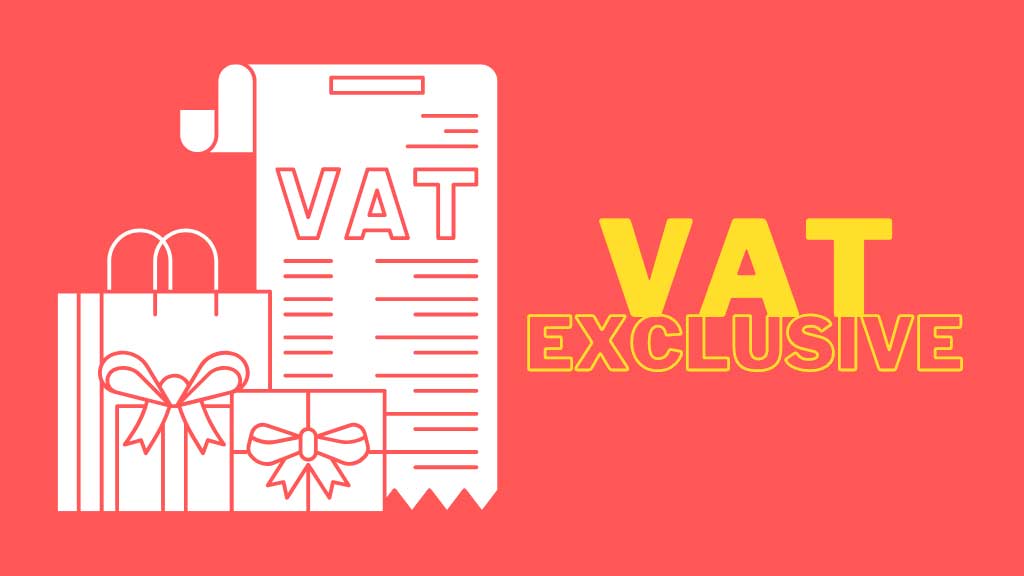In order to apply tax to an item, there are two methods. You may find it difficult to determine whether the cost of an item will increase at checkout as a consumer. Tax Inclusive and Tax Exclusive costs are important for business owners to understand so they can establish systems that work for them.
When you understand the difference between vat inclusive and vat exclusive tax rates, you will be able to identify common tax strategies that you can use to minimize your tax liability.
Methods of Taxation and Their Understanding

In general, there are three types of tax: those on your earnings, those on your assets, and those on your purchases.
Known as sales tax, it is applied to the price of a unit. An example of Tax Exclusive pricing is when the initial cost does not include sales tax, and the tax is added at the point of sale.
U.S. states and localities rely heavily on collecting retail sales taxes because they are a significant source of revenue. Sales tax rates vary from state to state, and those sales tax rates have a significant effect on where consumers shop.
In the case of a good or service, a tax rate may be added to the purchase amount based on the selling price. When you are a consumer, knowing how much you will pay after taxes is helpful. Choosing when to implement tax amounts is important for a business owner. You can also use my Online VAT Calculator
What is VAT Tax Inclusive?
An inclusive price is one that includes taxes as part of the purchase price. As an example, a merchant would charge $110.00, tax included, for a service that costs $100.00.

In some cases, fast transactions are preferable with tax inclusive prices, especially when cash is suggested. This also applies when borrowing from a licensed money lender.
In order to know the grand total of a transaction, a merchant is much better off preparing tax-inclusive unit costs for their products and giving a flat rate amount.
By including sales tax in the price, clients will have an easier time calculating the total amount, and will therefore be able to calculate a final invoice. A product’s value will also affect its tax rate as it increases in value.
Tax Inclusion Elements:
- A flat rate is charged to clients for a product or service
- Before a transaction is completed, tax rates are calculated
- There will be a lower unit price before tax percentages are applied
- There is generally no distinction between tax-inclusive and tax-exclusive income tax rates
Also, read What is VAT?
What is VAT Tax Exclusive?
When taxes are calculated at the point of the final transaction, they are called tax exclusive. There is no limit to the amount a merchant can charge for a service when tax is included. You will need to add $10 to your purchase if the tax amount is 10%.

When pricing products or services, business owners may prefer tax-exclusive rates over tax-inclusive rates. A detailed account of expenses can also be created using this method when creating an invoice.
If tax is not included, consumers may want to know that the total will be higher at the time of purchase if that is not clear on the website.
Tax Exclusion Elements:
- Taxes do not need to be factored into the rates of businesses
- When the final translation is completed, tax is added
- When the sale receipt is received, the tax is isolated
- Initial rates typically exclude sales tax
Also, read VAT Flat Rate Scheme
What is the difference between vat inclusive and vat exclusive
Taxes are reported either pre-tax or post-tax, depending on the pricing method used.
What is the difference between vat inclusive and vat exclusive sales tax rate?
Taxes are reported either pre-tax or post-tax, depending on the pricing method used.
Consider the case of a $100 item that is subject to a $30 sales tax before tax. Due to the fact that the tax is 30 percent of the pre-tax selling price, the tax-exclusive tax rate would be 30 percent. Using the $30 tax and the total consumer cost ($100 + $30), we get a tax-inclusive rate of 23 percent. It is a matter of whether the tax paid is factored into the denominator when calculating the tax rate that determines the difference between the two definitions.
It is crucial to understand which approach is being used when reporting a sales tax rate, even though there is no single correct way. As tax-exclusive rates rise, the difference between tax-inclusive and tax-exclusive rates increases. There is little difference between a 1 percent rate and a 50 percent rate, but a 50 percent rate corresponds to a 33 percent rate, so the difference is significant.
The income tax rate is typically quoted as tax inclusive, but the sales tax rate is typically quoted as tax exclusive. A household that earns $130 a year, with an income tax rate of $30 a year, should normally feel as though it is facing a 25 percent income tax rate ($30 x $130 = 23 percent).
Also, read Current VAT rate in UK
Final Thoughts: Tax Inclusive vs Tax Exclusive
Are you wondering about the difference between vat inclusive and vat exclusive tax rates? The Tax Inclusive rate is always the sum of the tax and the unit price, while the Tax Exclusive rate excludes the tax that has to be added at the time of purchase.
There will always be a difference between tax-exclusive rates and tax-inclusive rates, and it will grow as the amount increases. A product’s or service’s value will increase with its tax rate.
Understanding the difference between tax-inclusive and exclusive rates is helpful to a business owner. It will help you predict the total cost of goods and services if you recognize the difference between a flat rate and a rate subject to an additional tax amount.
Also, read Register for VAT?
